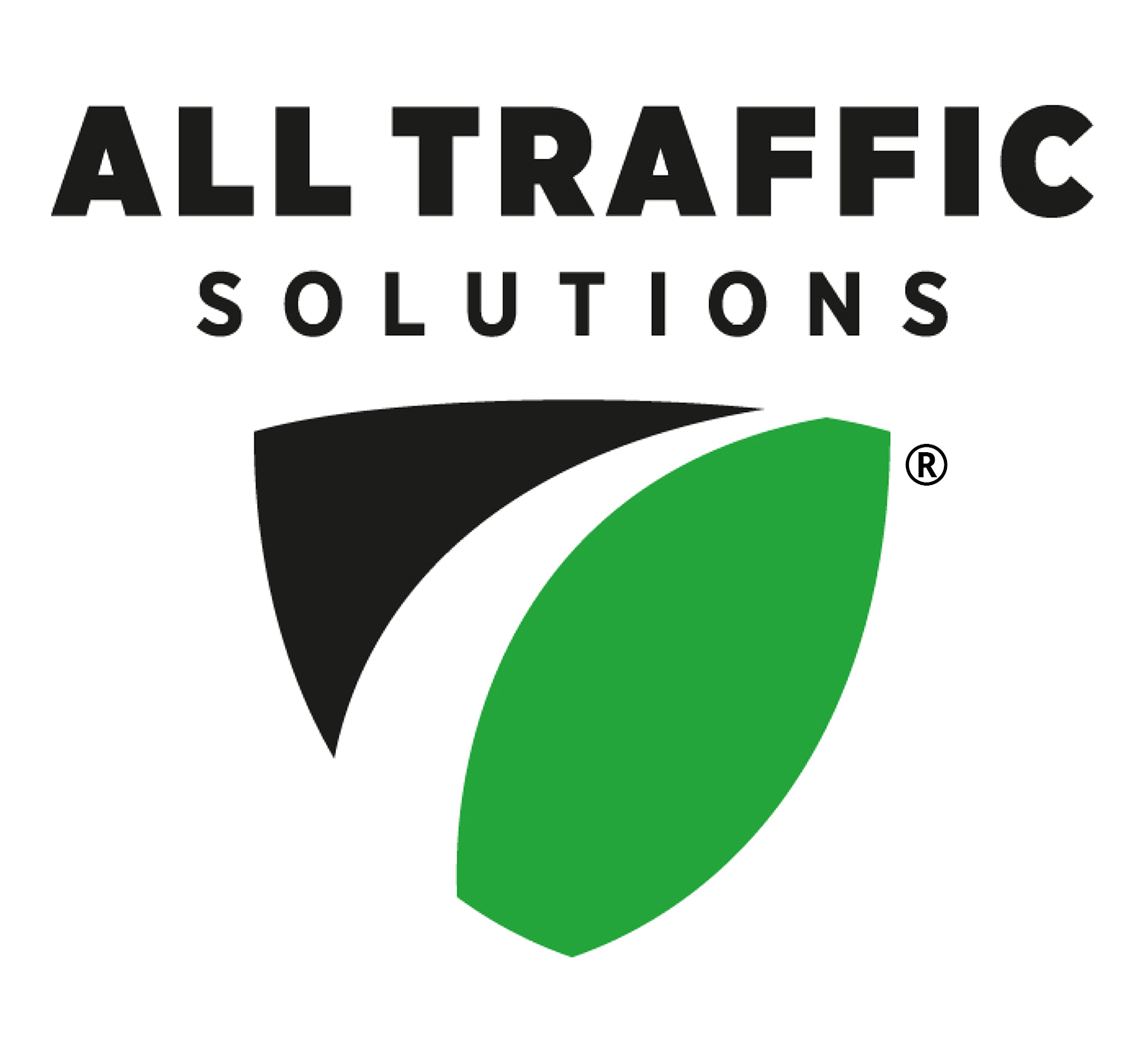Learn how Sturgis Police Department reduced speeding in neighborhoods using speed reduction signs and data to resolve complaints and prioritize enforcement.
1-2 Week Turnaround* on Radar Speed & Message Signs – We Deliver Fast!
1-2 Week Turnaround* on Radar Speed & Message Signs – We Deliver Fast!




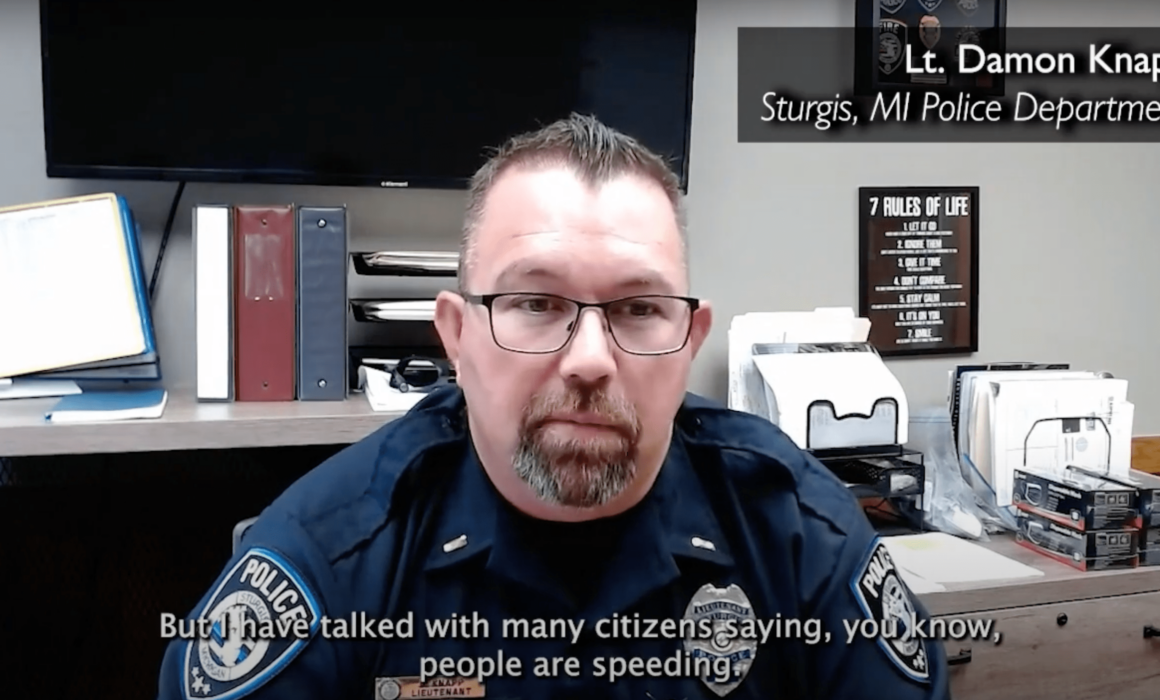
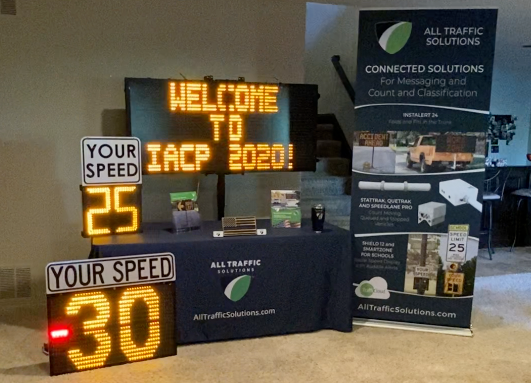
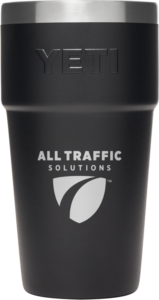

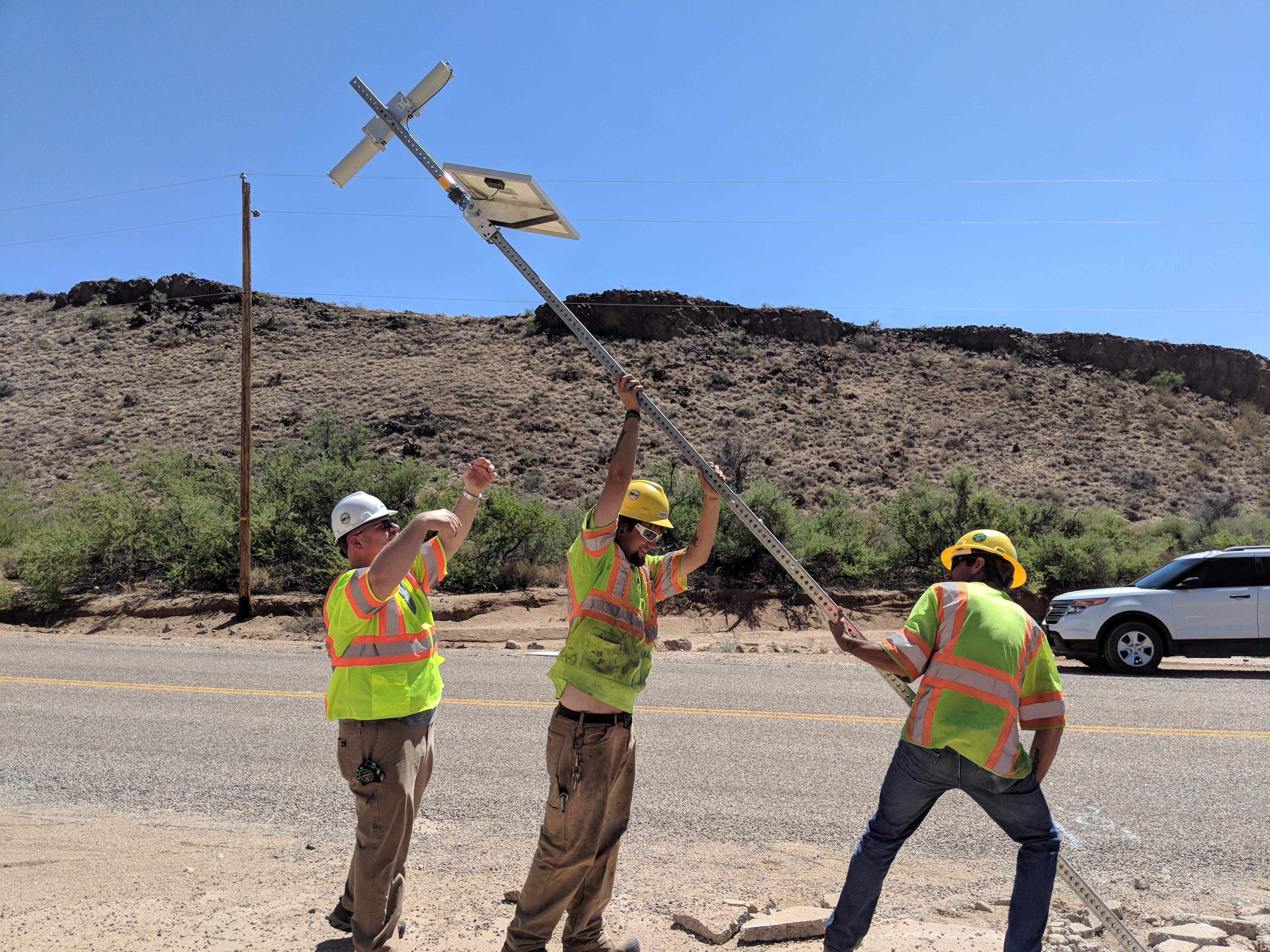
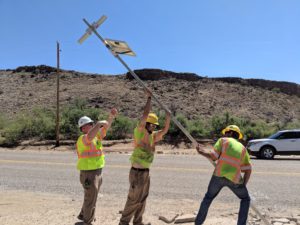
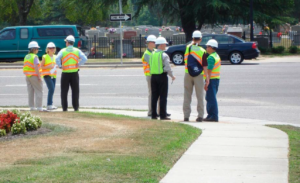 of our communities. Traffic intelligence enables coordination between traffic engineers who design roadways, public works departments who manage all the signage and road marking, and police departments who are responsible for traffic calming and enforcement.
of our communities. Traffic intelligence enables coordination between traffic engineers who design roadways, public works departments who manage all the signage and road marking, and police departments who are responsible for traffic calming and enforcement. 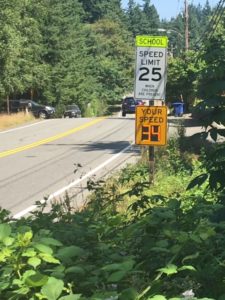 Cooperation among multiple departments within city and town governments is important as well as mutually beneficial. Spreading the cost of traffic safety equipment and software across two or more budget proposals has a better chance of being approved than if one agency makes the request. Government agencies often notice this trend when applying for grant funding. Many of the high-dollar grants require multiagency participation and that can be difficu
Cooperation among multiple departments within city and town governments is important as well as mutually beneficial. Spreading the cost of traffic safety equipment and software across two or more budget proposals has a better chance of being approved than if one agency makes the request. Government agencies often notice this trend when applying for grant funding. Many of the high-dollar grants require multiagency participation and that can be difficu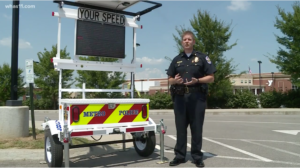 ATS customer
ATS customer 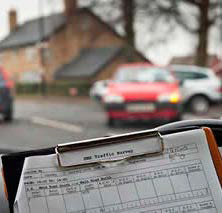 Traffic data can help identify what each agency will require in the future in terms of traffic safety and improvements. Analyzing traffic data allows municipalities to identify the locations and severity of traffic congestion and safety issues in the community to see which are trending upward and will require more long-term solutions, such as adding more traffic lanes or signals. Sharing traffic data helps law enforcement enormously in planning and budgeting for new traffic equipment and for resource allocation.
Traffic data can help identify what each agency will require in the future in terms of traffic safety and improvements. Analyzing traffic data allows municipalities to identify the locations and severity of traffic congestion and safety issues in the community to see which are trending upward and will require more long-term solutions, such as adding more traffic lanes or signals. Sharing traffic data helps law enforcement enormously in planning and budgeting for new traffic equipment and for resource allocation.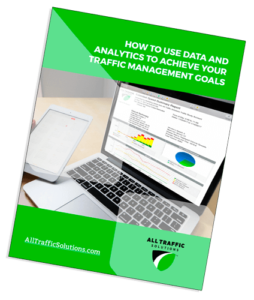 As municipalities and law enforcement find themselves continually challenged by the growth in population, commerce and sheer volume of traffic, adopting a data-sharing strategy to traffic management is more critical than ever. By applying a shared “data analytics mindset,” agencies can capitalize on the trends they see taking place. The result is informed decision making that leads to better traffic management and resource utilization, reduced congestion and work zone accidents, improved community relations and safer roads for everyone.
As municipalities and law enforcement find themselves continually challenged by the growth in population, commerce and sheer volume of traffic, adopting a data-sharing strategy to traffic management is more critical than ever. By applying a shared “data analytics mindset,” agencies can capitalize on the trends they see taking place. The result is informed decision making that leads to better traffic management and resource utilization, reduced congestion and work zone accidents, improved community relations and safer roads for everyone. 

